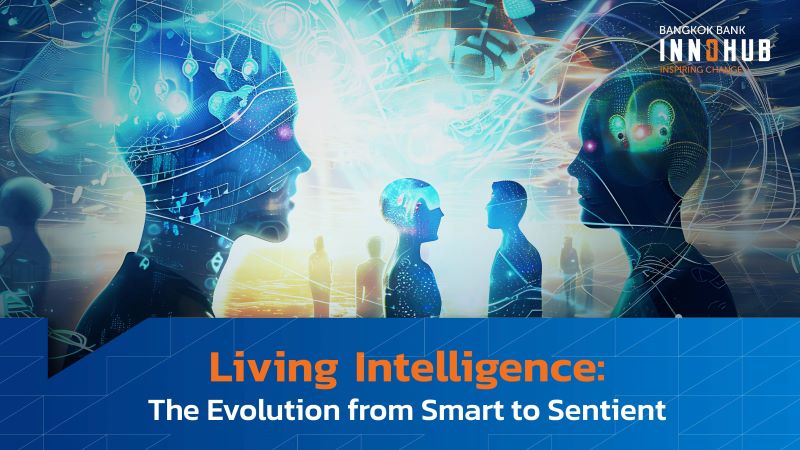As the digital landscape continues to evolve, the complexity and frequency of cyber-attacks are increasing. Global cybersecurity breaches are expected to grow by 15% annually, causing forecasted losses of $10.5 trillion in 2025. This surge in cybercrime highlights not only the rise of increasingly sophisticated attackers but also the varying levels of security preparedness across different industries. Even more concerning, it takes an average of 277 days—about nine months—before these breaches are detected, leaving organizations vulnerable for extended periods. However, investing in robust security infrastructure can significantly reduce this detection time to under 200 days, potentially saving $1.12 million in damages. Given the substantial risks associated with these breaches, it has become crucial for businesses to rethink their approach to cybersecurity.
Here are some of the key trends to watch out for in 2025 and beyond:
AI-Powered Cyber-Attacks: As AI evolves, cybercriminals are leveraging it to launch more sophisticated attacks. Alberto Domingo, Technical Director of Cyberspace at NATO, notes, “AI is a critical threat. The number of attacks is increasing exponentially all the time.” AI-powered threats can rapidly analyze data, identify vulnerabilities, and bypass traditional defenses with remarkable precision. These attacks are becoming more automated and difficult to detect. To counter this, organizations must invest in AI-driven threat intelligence, particularly in leveraging predictive analytics and machine learning to defend their critical systems against emerging risks.
Zero-Trust Architecture (ZTA): ZTA is rapidly gaining traction, fundamentally reshaping cybersecurity by eliminating implicit trust within the network perimeter. Instead of assuming that internal resources are secure, the ZTA model requires verification of all access requests, regardless of their source. As remote work and cloud computing have grown, particularly in response to events like the coronavirus pandemic, ZTA addresses these challenges by requiring continuous user identity verification and device health checks. This approach is essential for organizations seeking to keep sensitive information secure.
Supply Chain Resilience: This has become a top priority on the corporate agenda. Measures include thorough screening of all partners, regular security audits, and encryption of data at all points in the supply chain to ensure security. A resilient supply chain helps an organization protect itself from the cascading effects of cyber-attacks on interconnected networks.
Biometric Authentication: Biometric authentication methods like fingerprint scanning and facial recognition enhance security by linking access to unique physical traits. However, they also raise privacy concerns. Since biometric data is immutable, breaches can have lasting effects. In 2025, the challenge will be to balance strong security with privacy protection through robust data frameworks and ethical use policies to prevent the misuse of sensitive personal information.
IoT Security Challenges: The proliferation of Internet-of-Things devices has transformed industries and homes, but it has also introduced significant security challenges. Many IoT devices lack security features, making them prime targets for cyber-attacks. As the number of connected devices grows, so does the risk. To reduce IoT security challenges in 2025, both consumer and industrial IoT systems should implement device-level encryption, secure firmware updates, and stronger authentication protocols.
Blockchain Security Enhancements: Blockchain technology is often praised for its decentralized nature, which is crucial for securing transactions across various industries. However, there are vulnerabilities in areas such as smart contracts, consensus protocols, and cross-chain communication. Future efforts will likely focus on enhancing encryption, securing DeFi platforms, and addressing quantum computing risks—all of which are key to maintaining trust and driving mainstream adoption of distributed ledger technology.
Deepfake Detection and Mitigation: Deepfake technology enables the creation of hyper-realistic manipulated images and videos, posing a threat to individuals, businesses, and governments. These deepfakes have significant implications for misinformation, identity theft, and political manipulation. In 2025, organizations are expected to invest heavily in technologies that detect and mitigate deepfakes.
Staying Ahead of the Cybersecurity CurveAI-powered attacks are set to dominate cybersecurity trends in 2025, compelling organizations to adopt AI-driven defenses. Meanwhile, zero-trust architecture is redefining security by ensuring continuous verification of access. The expansion of 5G networks and IoT devices introduces new vulnerabilities, necessitating advanced protection measures, encryption, and authentication. As systems become more interconnected, supply chain resilience will be paramount. Biometric authentication will elevate security but also pose privacy risks. Enhancements in blockchain security and deepfake detection tools will play a critical role in maintaining trust in distributed ledgers. Staying ahead of future trends, such as sophisticated phishing, advanced ransomware, state-sponsored cyber-warfare, and adversarial attacks on AI systems, will require a proactive approach to counter evolving threats. At Bangkok Bank InnoHub, we are committed to providing ongoing insights, analysis, and expert guidance to help you navigate these challenges.




